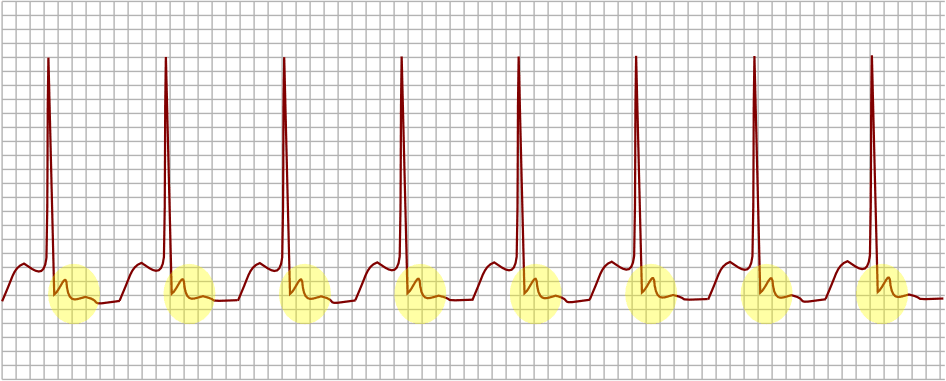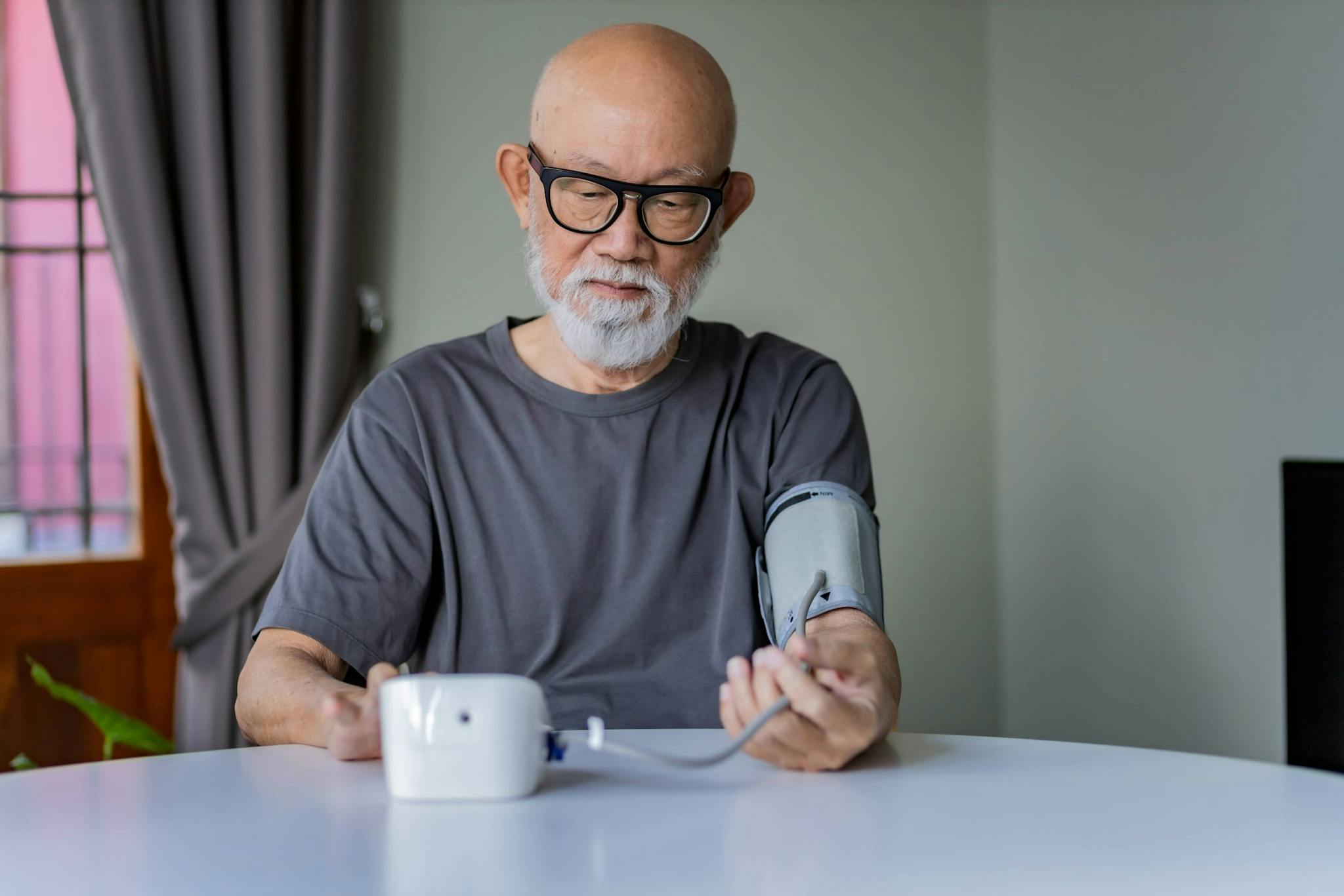
2024-02-12T10:43:02
Caramel Kettle Popcorn
- Cardiology
- Recipes
December 25, 2017 | Cardiology
Specialties:General Cardiology

The heart is in charge of providing oxygen and nutrients throughout the body by pumping blood, and it beats about 100,000 times per day for the average person, which equals about 2,000 gallons of blood. You probably don’t pay much attention to your heart as long as it’s working, but it’s good to know a little more about your heart’s structure and function.
Every time your heart beats, it pumps blood through a system of blood vessels called the circulatory system. These vessels provide the method to get oxygen and other nutrients throughout your body, and also remove waste. There are three primary types of blood vessels:
Let’s go over some basics of the heart’s structure, both inside and outside the organ itself:
Outside: The heart is located under the rib cage, slightly to the left of the breastbone and between the lungs. It’s made of muscle, with strong walls that contract to pump out blood, and a surface covered in coronary arteries, which supply oxygen-rich blood directly to the heart. Major blood vessels entering the heart are the superior vena capa, the inferior vena capa and the pulmonary veins. Primary arteries leaving the heart are the pulmonary artery and the aorta.
Inside: The heart has four chambers and is a hollow organ inside. A muscular wall called the septum separates it into a left and right side, and each of these is divided into a top and bottom chamber (called atria and ventricles, respectively – the atria receive blood from veins while ventricles pump blood into arteries).
As blood leaves each heart chamber, it passes through one of four valves with a set of flaps designed to stop blood from flowing the wrong way.
The right and left sides of the heart work together, the right side bringing in oxygen-depleted blood to the right atrium, moving it to the right ventricle, and eventually passing it to the lungs where blood can deposit waste products (to be exhaled as carbon dioxide) and refill its oxygen supplies.
From the lungs blood flows into the left atrium, through the valve to the left ventricle, and out through the aorta to send oxygen-rich blood back out into the body.
The heart is made of tissue that, like the rest of our body, requires oxygen and nutrients, and while its chambers are constantly pumping blood, none of that blood remains in the heart. It must receive its own supply of blood, and it does this via a network of arteries called the coronary arteries. There are two major coronary arteries:
The heart “beats” when atria and ventricles work in an alternating contracting and relaxing format. This is powered by the electrical system in the heart, with specialized cells that initiate an electrical impulse through the walls of the atria, causing muscle contraction. A cluster of cells between the two chambers slows the electrical signal so the atria can finish its contraction before the ventricle begins contracting.
At rest, the heart will beat around 50 to 99 times per minute. Factors like exercise, emotions, fever and certain medications may cause it to beat faster.
If you have questions about your heart, or you’re concerned that it might not be working the way it should, talk to your doctor to learn more.
Revere Health Imaging offers the most advanced imaging technology in Utah Valley with convenient locations and reduced-cost exams. We even offer our imaging services at night for your convenience. Contact us today at 801-812-4624 for an appointment!
Sources:
“How the Heart Works.” WebMD. https://www.webmd.com/heart-disease/guide/how-heart-works#1
“How the Heart Works.” National Heart, Lung and Blood Institute. https://www.nhlbi.nih.gov/health/health-topics/topics/chd/heartworks
WRITTEN BY:
The Live Better Team


2024-02-12T10:43:02

2024-02-05T15:00:39

2023-03-21T11:33:07

2022-12-15T13:51:19
This information is not intended to replace the advice of a medical professional. You should always consult your doctor before making decisions about your health.